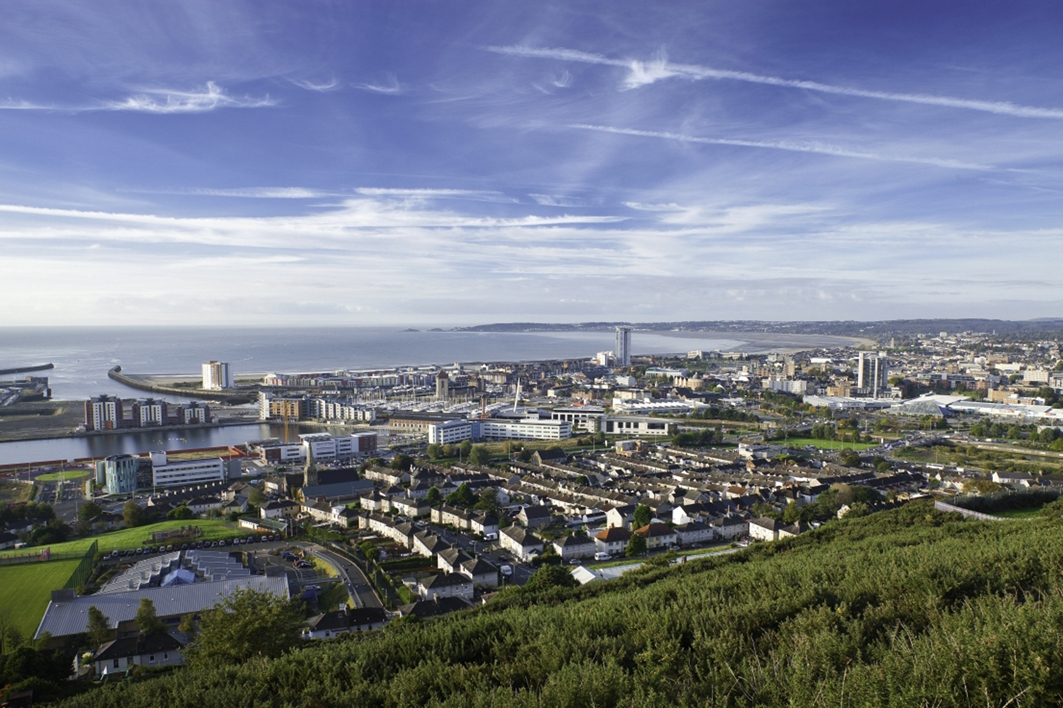The University of Wales Trinity Saint David have announced that they have been collaborating with one of the foremost providers of imaging technology and data visualisation with the aim to help cities lower their carbon emissions.
The University has been working collaboratively with Augment City, a company from Oslo in Norway on the project, along with the Welsh Government. A crew of staff and students in the University’s Architecture, Building and Environment School have been able to use state of the art equipment from the Construction Wales Innovation Centre in order to create three dimensional images of Swansea city centre. By using a drone to collect data, they have been able to create a ‘Digital Twin’ of the city to facilitate study and analysis on a computer.
The detailed digital model created was shown at the COP 28 Conference in Dubai last week.
Ian Standen, Programme Director of Architecture at UWTSD said:
‘This project gave us a great opportunity to demonstrate the skills and capacity of our university located in Swansea’s city centre. By using state-of-the-art technology, we were able to capture unique data to assess the challenges and opportunities of decarbonisation in a city context.
‘The ability to evaluate the impact of roads and building infrastructure in terms of, for instance emission levels or energy consumption, in a holistic way, can facilitate a better understanding of their overall environmental impact.’
According to Standen, this could lead to further projects and investment:
‘This would provide a positive benefit to Swansea in the long term alongside key commercial partners offering wider services as part of the Net Zero Urban Programme, including business cases, blended finance models, implementation support, and net zero roadmaps. This would augment the ambitions for the city of Swansea and its regeneration plans.’
For more information follow this link to the University of Wales Trinity Saint David website.



